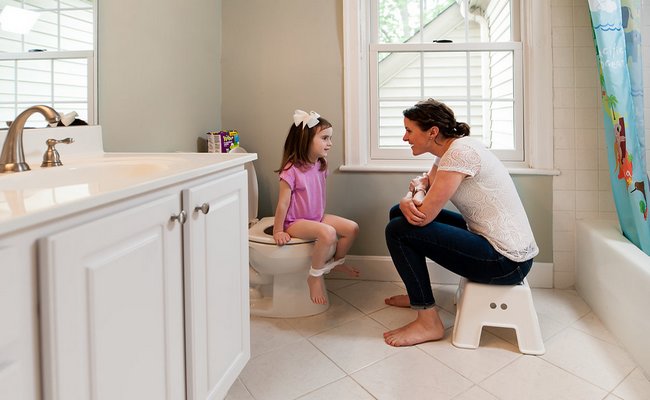Treatment and Management of Diarrhoea in Children
Necessary Concept about Diarrhoea in Children:
Diarrhea, also spelled diarrhea, is the condition of having at least three loose or liquid bowel movements each day. It often lasts for a few days and can result in dehydration due to fluid loss. Signs of dehydration often begin with loss of the normal stretchiness of the skin and irritable behavior. This can progress to decreased urination, loss of skin color, a fast heart rate, and a decrease in responsiveness as it becomes more severe. Loose but non-watery stools in babies who are breastfed, however, may be normal.

The most common cause is an infection of the intestines due to cither a virus, bacteria, or parasite; a condition known as gastroenteritis. These infections are often acquired from food or water that has been contaminated by stool, or directly from another person who is infected. It may be divided into three types: short duration watery diarrhea, short duration bloody diarrhea, and if it lasts for more than two weeks, persistent diarrhea. The short duration watery diarrhea may be due to an infection by cholera, although this is rare in the developed world. If blood is present it is also known as dysentery. A number of non-infectious causes may also result in diarrhea, including lactose intolerance, irritable bowel syndrome, non-celiac gluten sensitivity, celiaç disease, inflammatory bowel disease, hyperthyroidism, and a number of medications. In most cases, stool cultures are not required to confirm the exact cause.
Management of Diarrhoea in Children or Diarrhea Management Guidelines:
Principle the management of acute diarrhea-
- Fluid replacement
- Antibiotics/antimicrobial therapy
- Adjunctive antidiarrheal therapy.
- Give the child plenty of food to prevent under-nutrition.
A. Fluid replacement:
Replacement of established deficit-
- Replacement of ongoing loses.
- Replacement of normal daily requirement (1 – 1.5 liters/day) or provide breastfeeding.
B. Management of dehydration:
1. Prevention’ by Home-based fluids,
2. Rehydration by-
a) Oral Rehydration Therapy (ORT):
- Oral Rehydration Salts (ORS),
- New Formulation.
b) Intravenous rehydration:
- Initial management of severe dehydration,
- Continued feeding,
- Administration of zinc,
- Failure of ORT:
- Intractable vomiting,
- High purging rate,
- Inability to drink.
C. Antimicrobial agents: According to cause:
- Amoebic dysentery – Metronidazole or Tinidazole, Diloxanide furoate.
- Vibrio cholerae – Tetracycline or doxycycline.
- Bacillary dysentery – Ciproflaxacin, azithromycin.
D. Antidiarrhoeal, antimotility and antisecretorv agents:
- Not recommended in acute infective diarrhoea and their use may even be contraindicated.
E. Give the child plenty of food to prevent under-nutrition:
- Continue to breast-feed frequently.
- If the child is not breast-fed, give the usual milk.
- If the child is 5 months or older or already taking solid food:
- Also give cereal or another starchy food mixed, if possible, with pulse-vegetables and meat or fish.
- Add 1 or 2 tea spoon full of vegetable oil to each serving.
- Give fresh fruit juice or mashed banana to provide potassium.
- Give fresh the prepared foods.
- Encourage the child to eat: offer food at least 6 times a day.
- Give the same food after diarrhea stops, and give an extra meal each day for two weeks.
More questions related to this topic:
- What do you mean by diarrhoea?
- What is diarrhea?
- How do you manage a child having diarrhoea with some dehydration?
- Discuss the management of diarrhoea.
- How to manage diarrhoea affected child patient?

Maria Khatun Mona is a Founder and Editor of Nursing Exercise Blog. She is a Nursing and Midwifery Expert. Currently she is working as a Registered Nurse at Evercare Hospital, Dhaka, Bangladesh. She has great passion in writing different articles on Nursing and Midwifery. Mail her at “maria.mona023@gmail.com”
